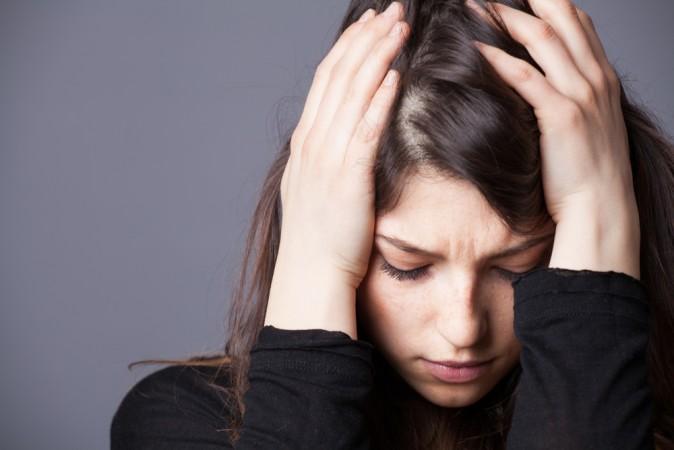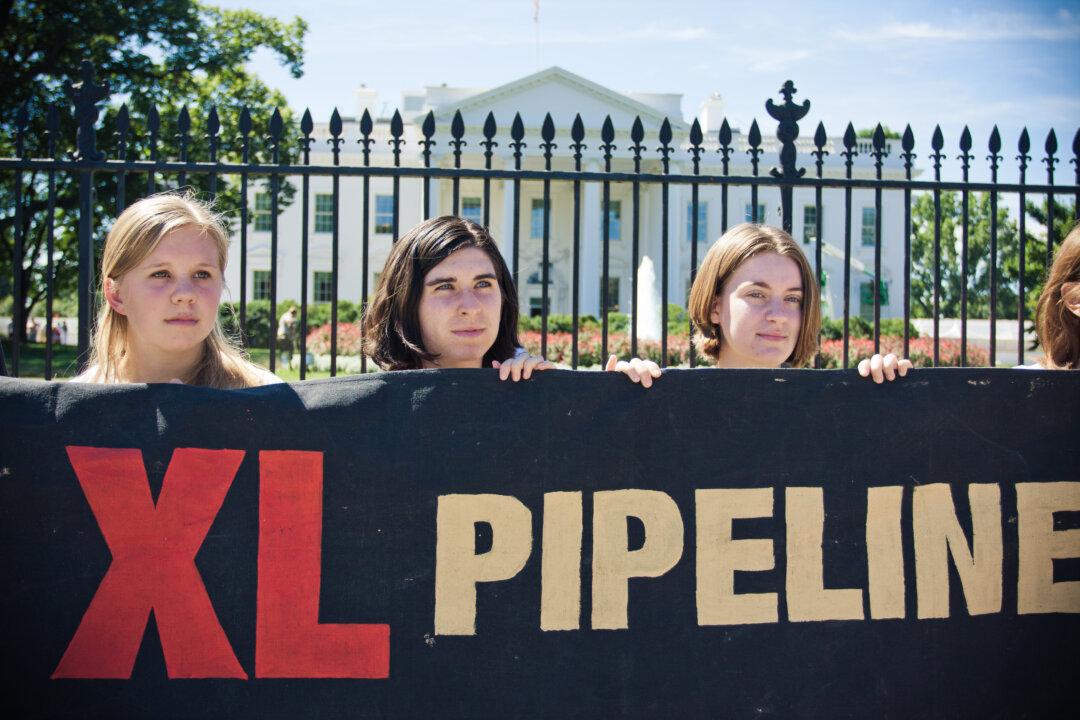Three years of work by over 300 scientists has finally culminated in the much-awaited latest instalment of the Intergovernmental Panel on Climate Change’s (IPCC) fifth assessment report. Climate Change 2014: Impacts, Adaptation and Vulnerability was finalized in Yokohama, Japan over the last week and presented today. For those who don’t feel like thumbing through the 2,600 page document, the group also prepared its handy Summary for Policymakers.
Sterile yet somehow still apocalyptic, the report offers a look at how climate change is affecting communities and what can be done about it. It depicts the usual suspects. Vanishing coastlines, catastrophic weather, droughts, floods and a world of hurt. For most who already have an ear to the ground on the subject, the predictions and projections are nothing new. For those whose livelihoods are already being destroyed in our warming world, it will offer little comfort. But the painstaking cataloging of risks and responses to climate change gives us a scientific sense of where we’re at.
Without getting too bogged down in the specifics of the coming chaos, here are my five big takeaways from today’s report:
1. We will all feel the impacts
“Nobody on this planet is going to be untouched by the impacts of climate change,” said IPCC chairman Dr. Rajendra K. Pachauri. His point is illustrated by the helpful infographic above. Experiences with climate change will vary depending on geography, but every person, every community, and every country will have to deal with the consequences. In fact most of us already are.
“We’re not in an era where climate change is some kind of future hypothetical. We live in a world where impacts of climate changes that have already occurred are widespread and consequential. We see the impacts from the equator to the poles and from the coast to the mountains. There’s no question that we live in a world which is already altered by climate change,” said co-chair Christopher Field. Reading the report makes one realize this is barely the beginning.
2. We are not at all ready
“The world, in many cases, is ill-prepared for risks from a changing climate,” read the IPCC press release. Vulnerability to the many impacts of climate change features foremost in the report. Humanity has hardly started the massive undertaking of adapting to climate change. In every corner of the world we’re exposed. Our cities, our crops and our livelihoods are all at risk. Efforts to protect them so often come as a response to disaster – and that’s not good enough. This entire report is an urgent call to prepare for what’s coming. It outlines in vast detail how communities around the world are, according to one report author, “sitting ducks."
3. What we do now matters
“What happens in terms of impacts of climate change in different parts of the world will be determined to a large extent on the extent to which we are prepared and able to mitigate greenhouse gas emissions,” said Pachauri. “The very social stability of human systems could be at stake.”
His message and the report’s message could not be more crystal clear. Our prospects for the future are “related fundamentally” to our efforts to reduce carbon dioxide emissions. Since this push will reduce how fast the world warms as well as how much, success is key to giving people time to adapt. Today’s report states the stakes for next year’s global climate negotiations. Herculean efforts towards mitigation would better our chances of adapting to the new reality.
4. Poor people bear the brunt
“Poverty is going to intensify the impacts of climate change,” said Dr. Maggie Opondo, who helped prepare the report’s chapter on livelihoods. Those living one drought, one flood, or one storm from survival are the ones who climate change will hurt the most. Social justice and climate change are now inextricably linked. This report illustrates how those who are hit the worst by climate change are also those with the least capacity to adapt. Hurricanes have much more destructive power in the Philippines than in New York, and their lasting effects remain much longer. Financial assistance to correct for this fundamental inequality of climate change must also be included in any 2015 agreement in Paris.
5. We have options
“People are beginning to think about how to build resilience,” said Field. “Around the world we’re seeing a real flowering of investments in adaptation planning – building experience and learning from that experience.” Truly the most important takeaway from the report is the multitude of ways in which humans can adapt to climate change. Far from doom and gloom for its own sake the document is filled with what Field calls “guarded optimism.” Everything from repairing coastal ecosystems to improved geospatial satellite monitoring can help humanity adapt.
Section C of the report highlights hundreds of methods, principles, and case studies of community adaptation to climate change. It identifies measures as broad as new value systems, as bland as new zoning regulations and as basic as new agricultural practices. Utilizing everything from indigenous traditional knowledge to complex economic instruments, the scientists have found what they term a “solutions space.” Their dispassionate study of how humanity must adapt to climate change amounts to a colossal instruction manual – how we embark on “climate resilient pathways.”
Adaptation must be context-specific and the report notes it will look different at every level and in every community. But the IPCC researchers have put together a great sampling of the best available science in that regard. Ultimately, humanity will need to use all these methods and more to adapt to climate change. Our warming world offers us the greatest challenge our species has faced. Individuals, communities, governments and companies will all need to learn from each other and build on our collective knowledge as we move forward. Fortunately humanity’s capacity for adaptation defines our species – once we get our proverbial poop in a group there’s nothing we can’t do.



